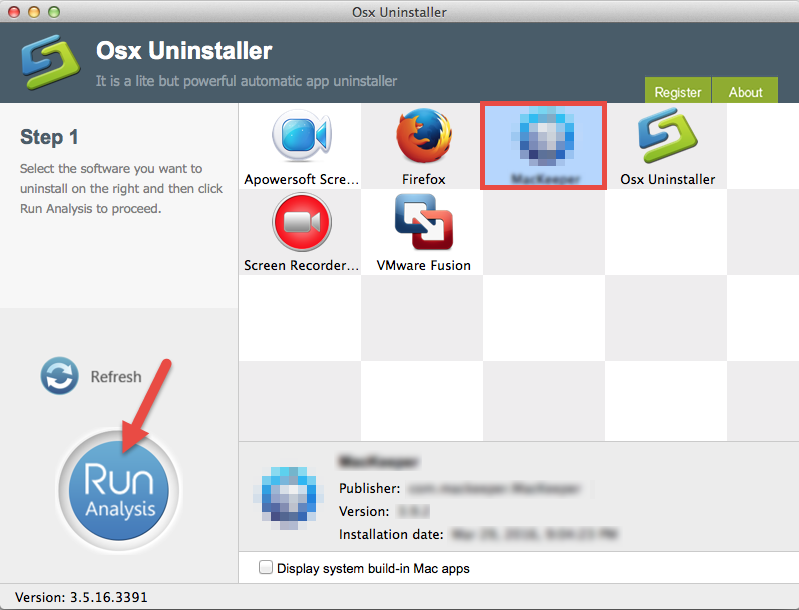
- UNINSTALL FLUX FOR MAC MAC OS X
- UNINSTALL FLUX FOR MAC MAC OS
- UNINSTALL FLUX FOR MAC SOFTWARE
- UNINSTALL FLUX FOR MAC WINDOWS
There is so much to be gained by having the IT community on board en masse. Microsoft needs to take a dramatic step to elevate this battle. Now, Microsoft just needs to ensure that people will actually use it.
UNINSTALL FLUX FOR MAC MAC OS
It falls well short of what many of us envisioned even just a year ago, many of its most advanced features are already present in most Linux distros and Mac OS X, it leaves out massive features such as MSH and the much touted WinFS, and yet, paradoxically, appears to still be a really advanced OS that will be able to hang with the other modern OSes feature-wise.
UNINSTALL FLUX FOR MAC WINDOWS
Microsoft grew big eyes, tried a lot of really interesting stuff, learned from their failures, scrapped their Longhorn builds, and started over with Windows 2003 SP1 they slowly rebuilt Longhorn, and most of what will be Windows Vista RTM. In fact, once they lose the desktop in any meaningful way – and I consider any credible enterprises moving to alternative desktops, even in small numbers, meaningful – they will find it harder to turn massive profits and they will begin to see the chinks in the armor of the once invisible Redmond castle. They will lose credibility if their big plans, including XAML and XPS (aka Metro), never take off, like the Hailstorm fiasco. If Microsoft loses people to alternative OSes, they lose a massive revenue stream via Office and all their new applications as well, such as Microsoft OneCare and the new Expressions suite. However, a few years later, the landscape has changed dramatically. Windows XP was needed by the world, and it suited the need well. The number of people who upgraded to Windows XP was driven largely by IT professionals sick of working on their friends’ and families’ computers, which were in a constant state of disarray, ridden with viruses and spyware – Gator, Hotbar, new.net, etc – and alternatives were simply not ready for the desktop yet, at least in a manner by which reliable support could be provided over the phone and purchased hardware would work with any assurance.

Microsoft didn’t have to panic back then – not only were they arguably the most usable – possibly only truly usable – OS out there, their previous offerings, in the form of Windows 98 and the disaster that was Windows Millenium Edition, were completely unsuitable for an ever-smarter public. Microsoft will have a lot of serious competition competition that really didn’t exist when Windows XP hit shelves over four years ago.

UNINSTALL FLUX FOR MAC MAC OS X
In fact, by the time Windows Vista hits shelves in late 2006, or possibly (maybe even likely) early 2007, the Linux kernel may likely be at 2.8 or 3.0, KDE will be at 4.0, Gnome may be at 3.0, there will be a new XFCE, Solaris 11 will be out with some major improvements, and Mac OS X 10.5 “Leopard” will have been declared gold.
UNINSTALL FLUX FOR MAC SOFTWARE
Love them or hate them, they are taking some big risks with a new user interface for Microsoft Office, changing the core of their web server, IIS, in very large ways to mimic many of the strengths of Apache, embracing open XML via RSS, moving data from the registry to the file system in Windows Mail, and even converting their default Office document format to an “open ” XML-based format similar to OpenDocument format (OASIS), which uses.Īs Microsoft tries very hard to advance their core software and revolutionize the IT world, it seems more and more people are investigating alternatives like Linux, Solaris, and the BSDs (including MacOS), lauded for their stability, security, and lack of viruses and worms. Microsoft, last week at the PDC, announced some pretty impressive initiatives. Though there are many Windows supporters out there, there are plenty who hate Microsoft. Microsoft is the sworn enemy of geeks internet wide. Some say the Redmond empire is due for a slow collapse, but I think there exists an amazing opportunity.

The time between releases is just too long, and Microsoft has to show profit to keep shareholders happy.

The news has been around, Microsoft CEO Steve Ballmer says the development process at Microsoft has to change after Windows Vista.


 0 kommentar(er)
0 kommentar(er)
